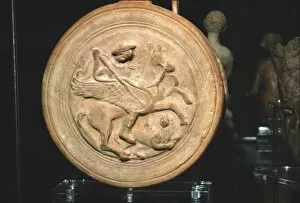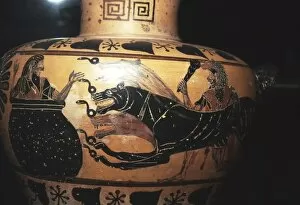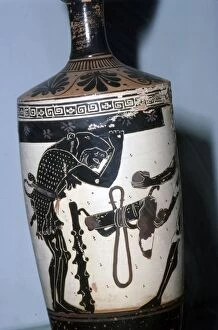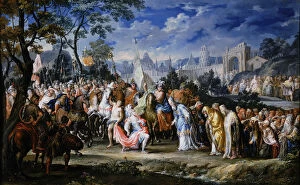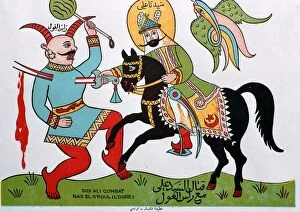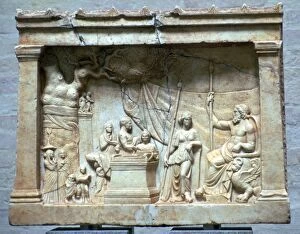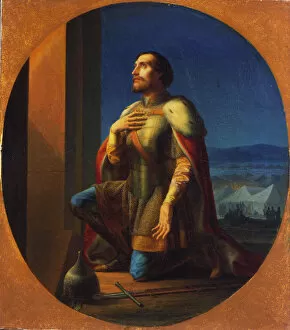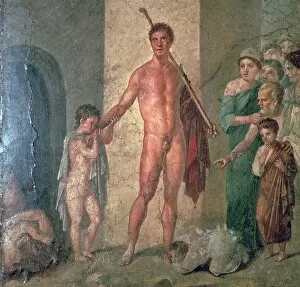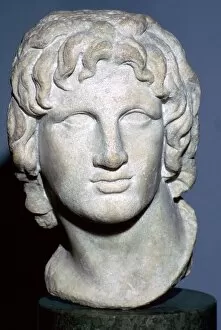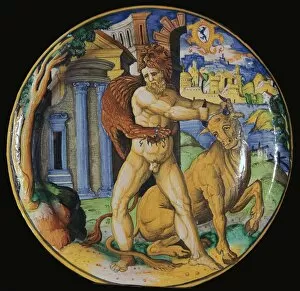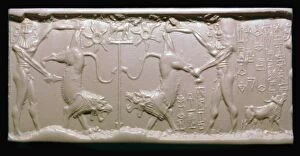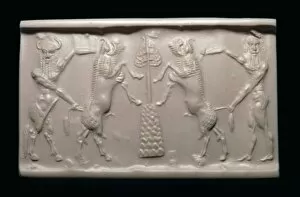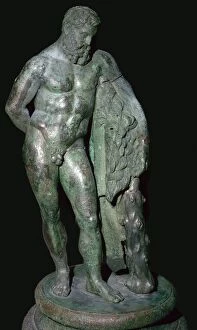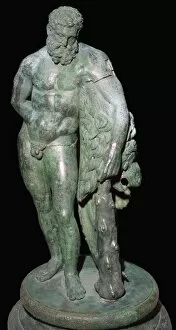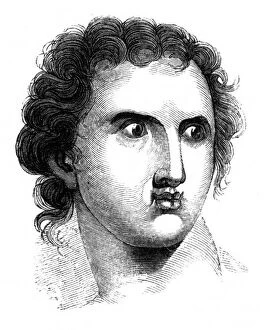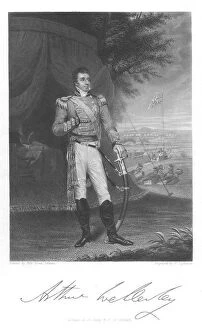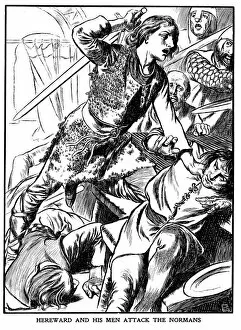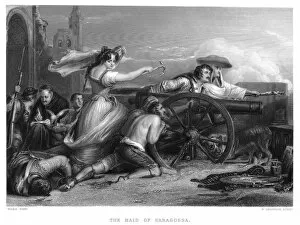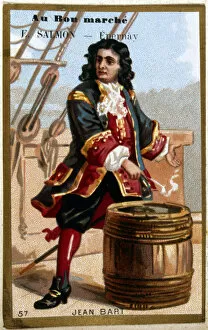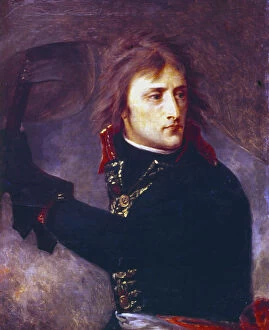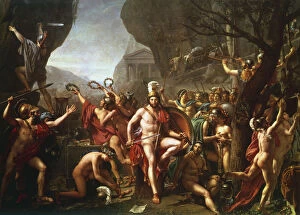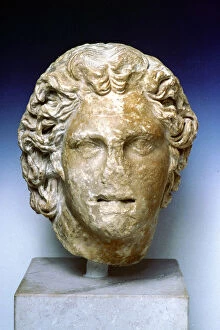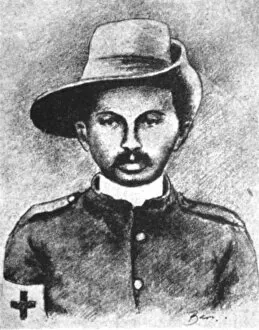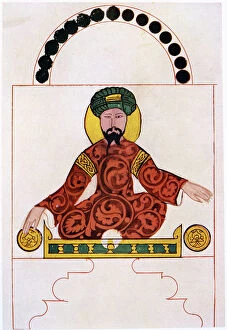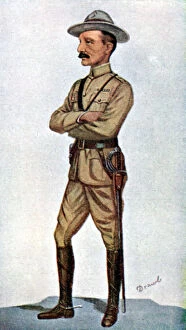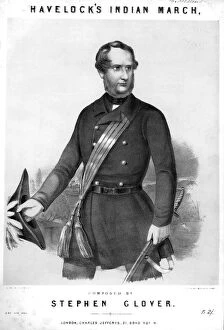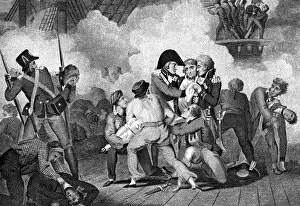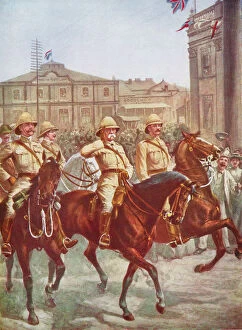Heroism Collection (page 43)
"Unyielding Courage: A Glimpse into Heroism Through Time" In the face of adversity, heroes emerge from all walks of life
For sale as Licensed Images
Choose your image, Select your licence and Download the media
"Unyielding Courage: A Glimpse into Heroism Through Time" In the face of adversity, heroes emerge from all walks of life. From the valiant soldiers who fought in the Attack of the Ulster Division on 1 July 1916, to the visionary leadership of Robert Stephenson Smyth Baden-Powell, heroism takes many forms. Even ancient legends depict heroism with a touch of irony; a Roman statue portrays Hercules in his drunken state, reminding us that even flawed individuals can rise above their shortcomings to achieve greatness. Heroes are not limited to battlefields alone. Michael O'Leary's poster exemplifies modern-day heroism through entrepreneurship and innovation. His relentless pursuit transformed an entire industry and inspired countless others to challenge conventions. The Gordon Highlanders' Piper Findlater winning the V. C. At Dargai in 1897 showcases how ordinary people can perform extraordinary acts when faced with unimaginable circumstances. Heroic tales extend beyond national borders as well. "Britain's Sea Power Is Yours" reminds us of the courage displayed by sailors who protected their homeland against formidable foes across vast oceans. Che Guevara's image on a wall in Havana serves as a reminder that heroism is not confined to conventional notions but can also be found within those fighting for social justice and equality worldwide. From historical events like The South Wales Borderers defending Rorke's Drift during the Zulu War in 1879, to iconic moments captured by artists like Washington Crossing the Delaware or The Sortie Made by the Garrison of Gibraltar, heroes have shaped our world throughout history. Lenin's portrait reflects his role as a revolutionary leader whose actions left an indelible mark on society during tumultuous times. Similarly, General Gordon's tragic death symbolizes sacrifice and unwavering dedication towards noble causes. These glimpses into various facets remind us that bravery knows no boundaries or limitations.

